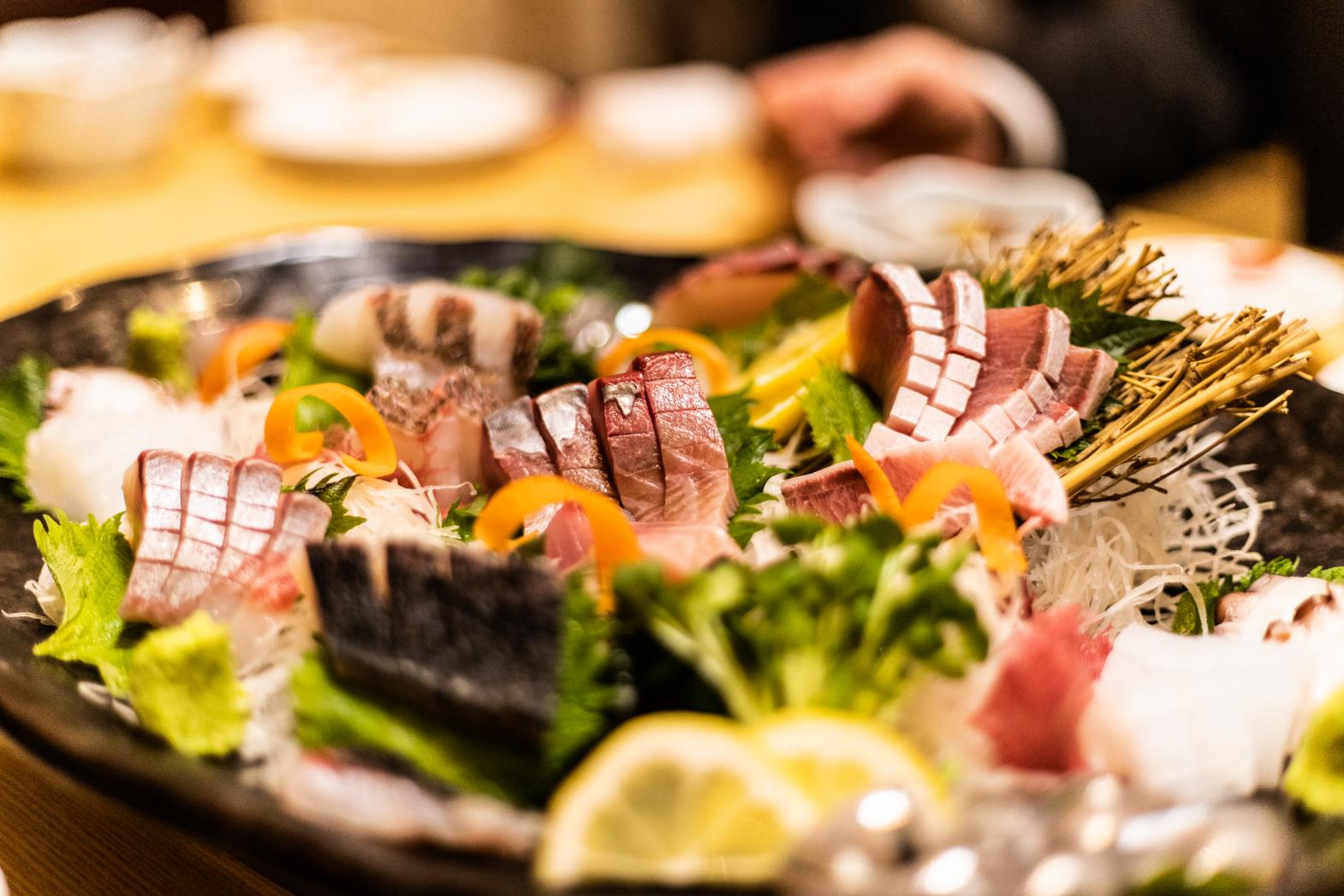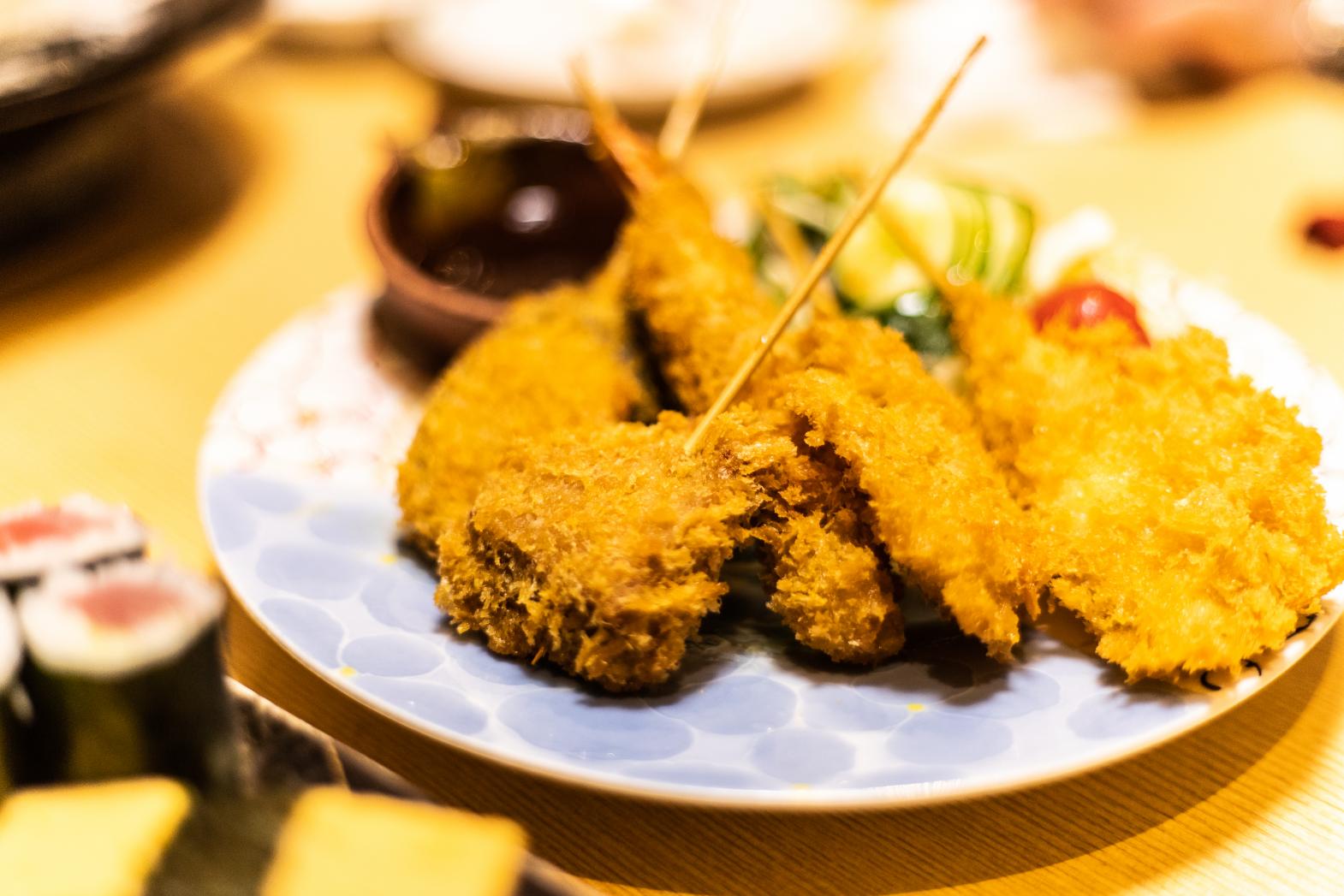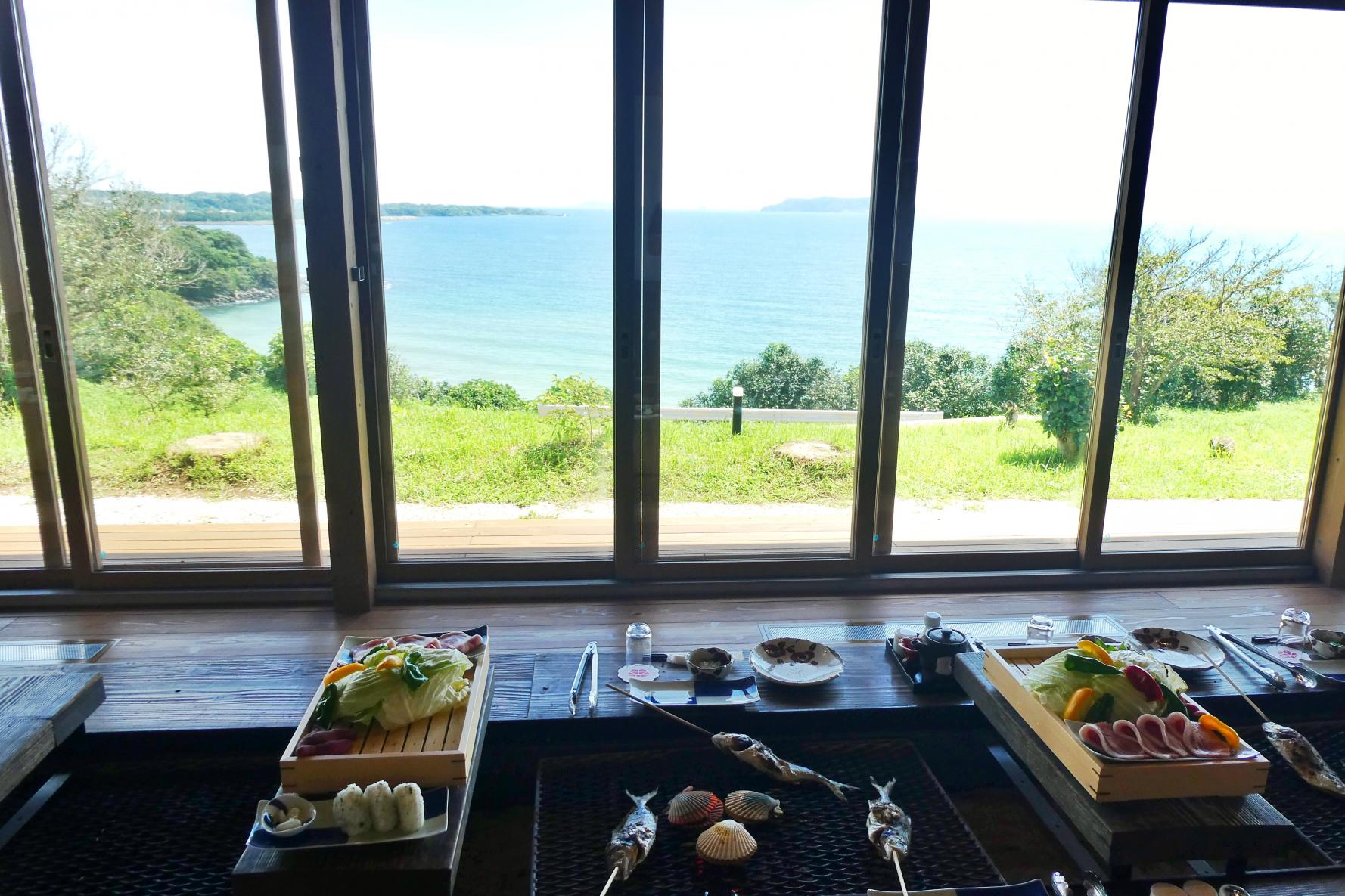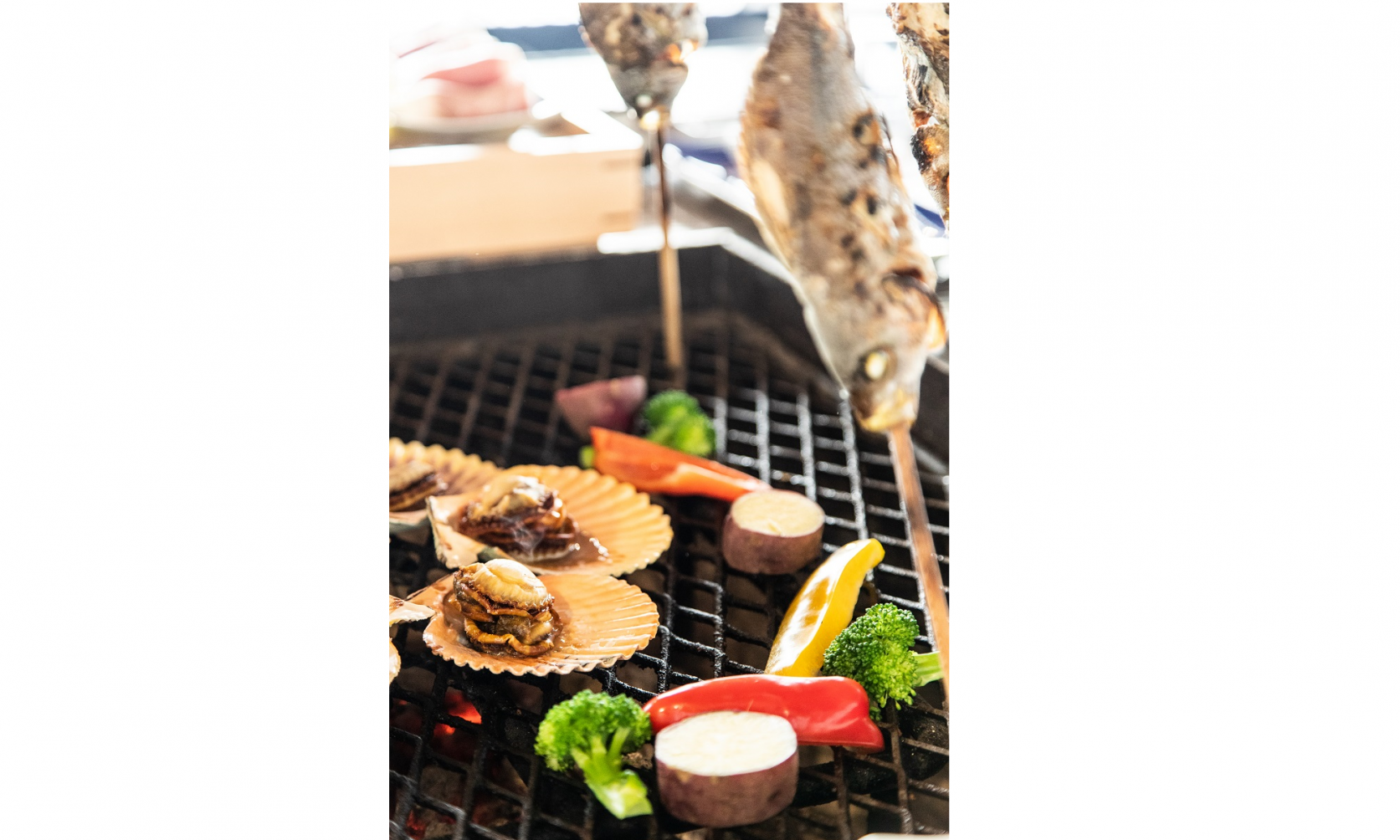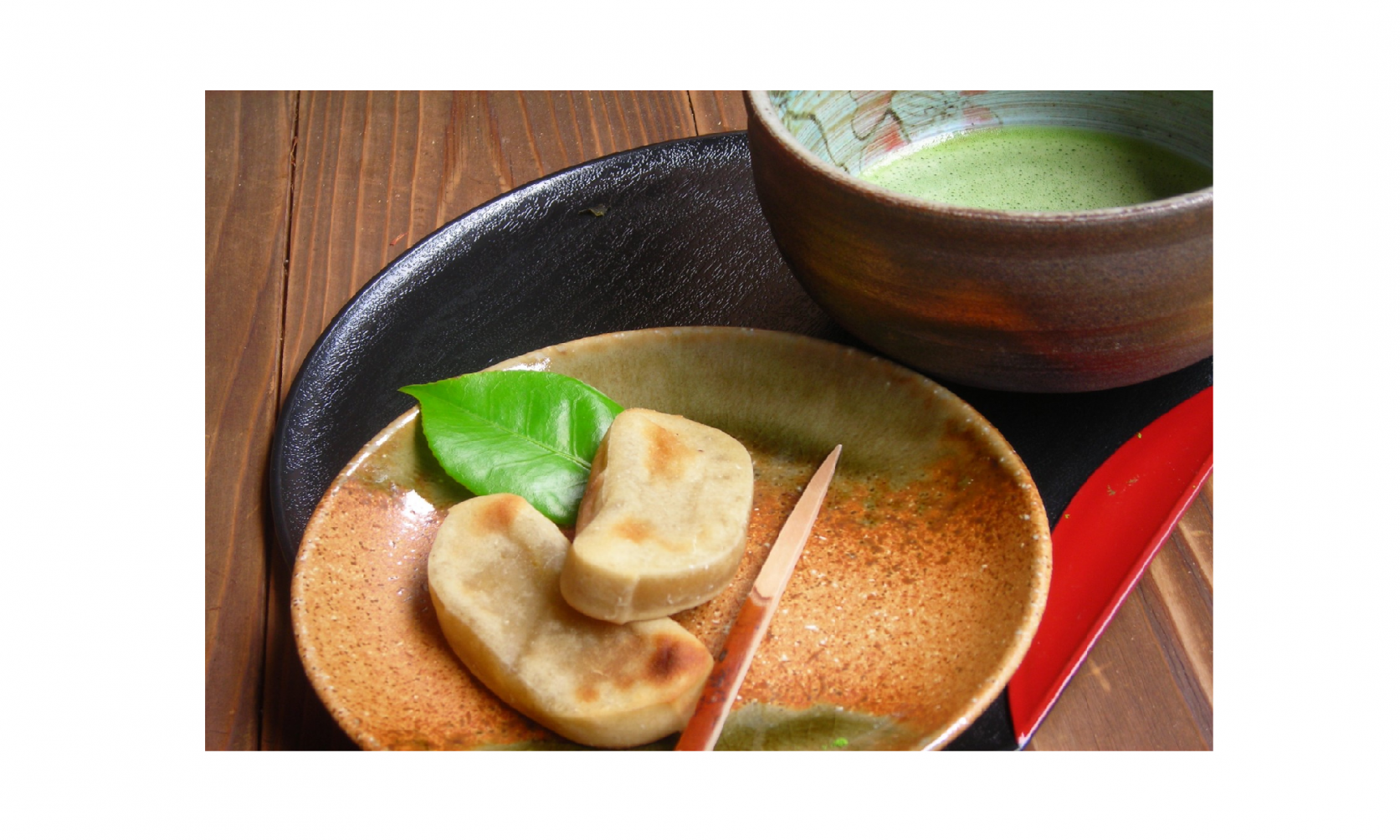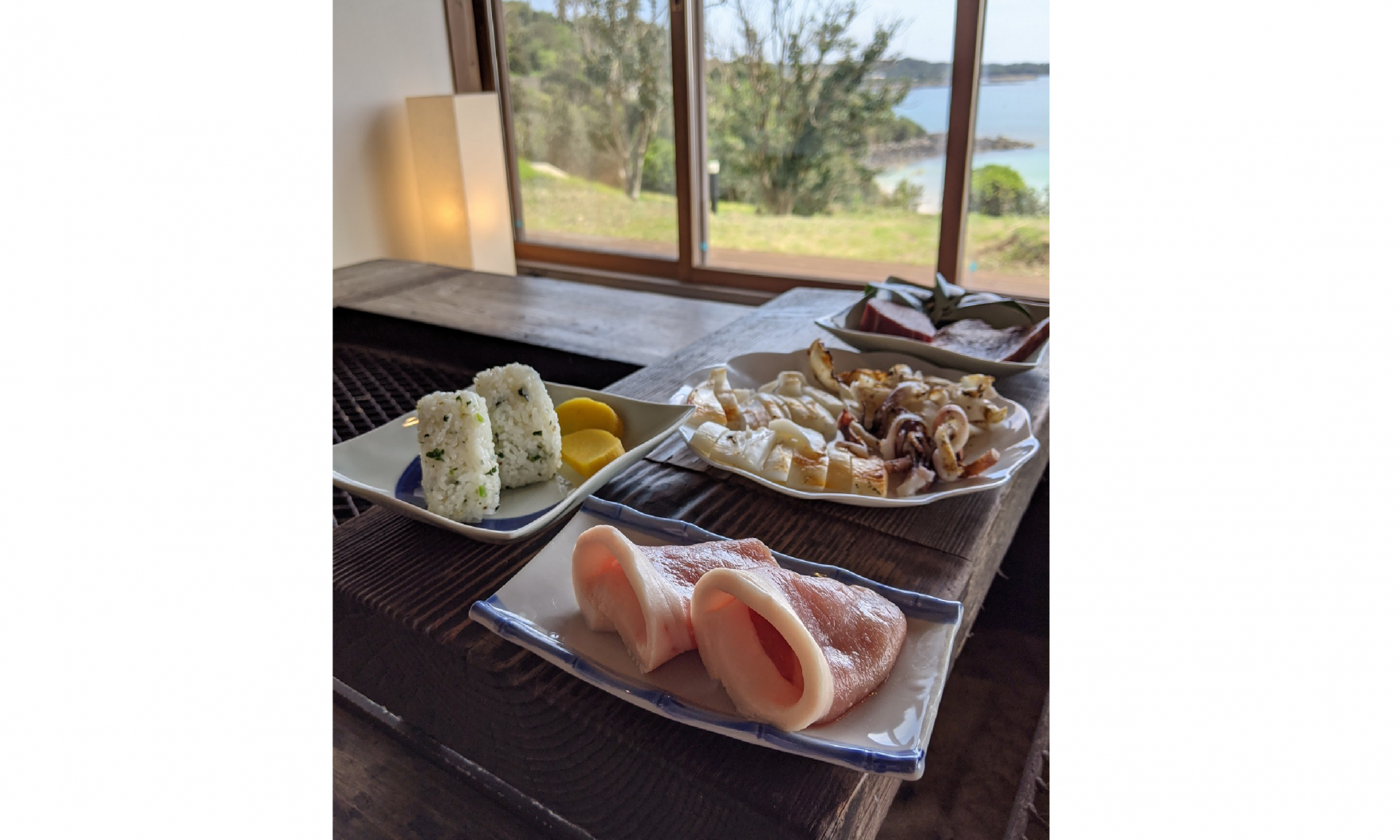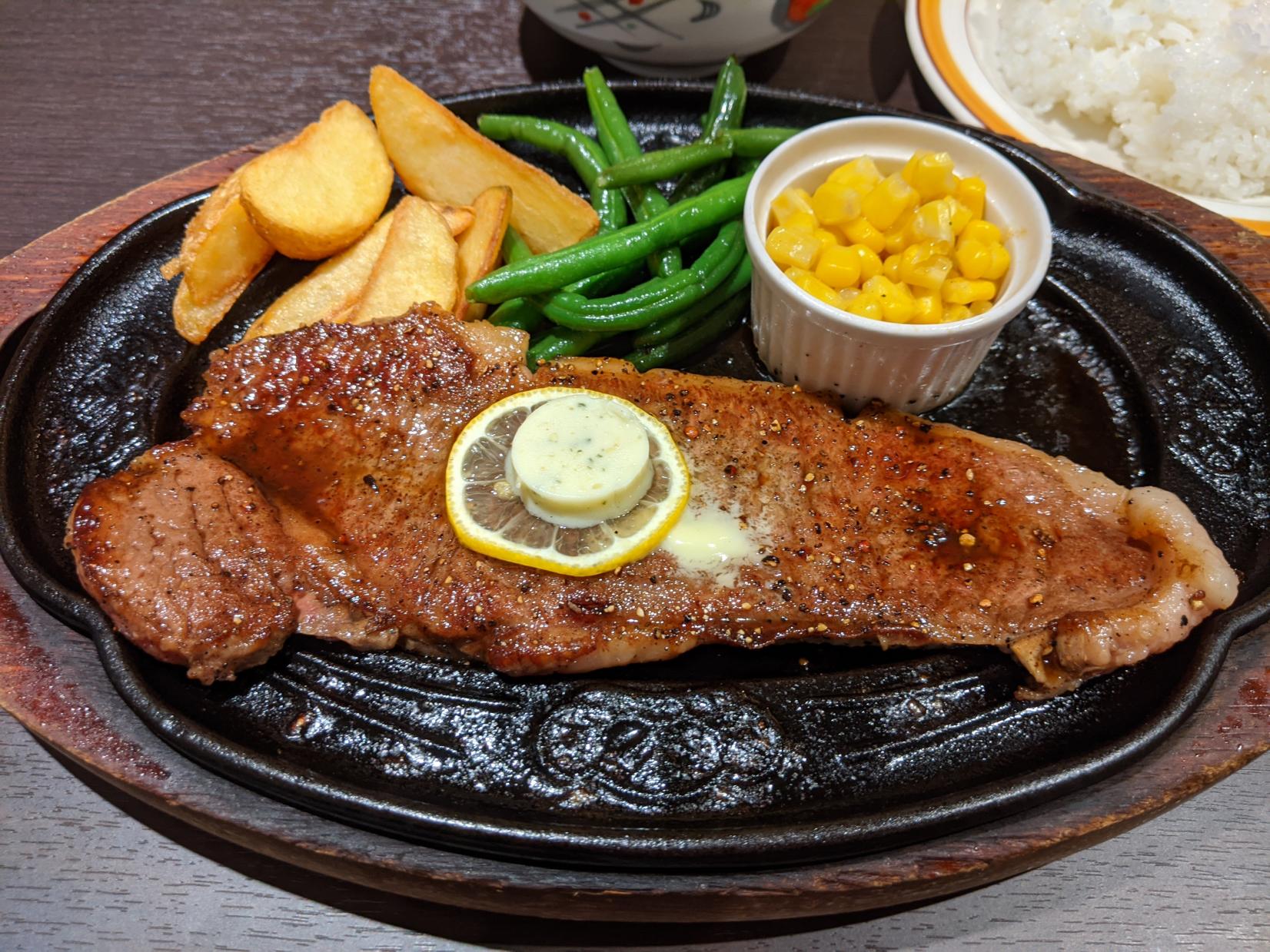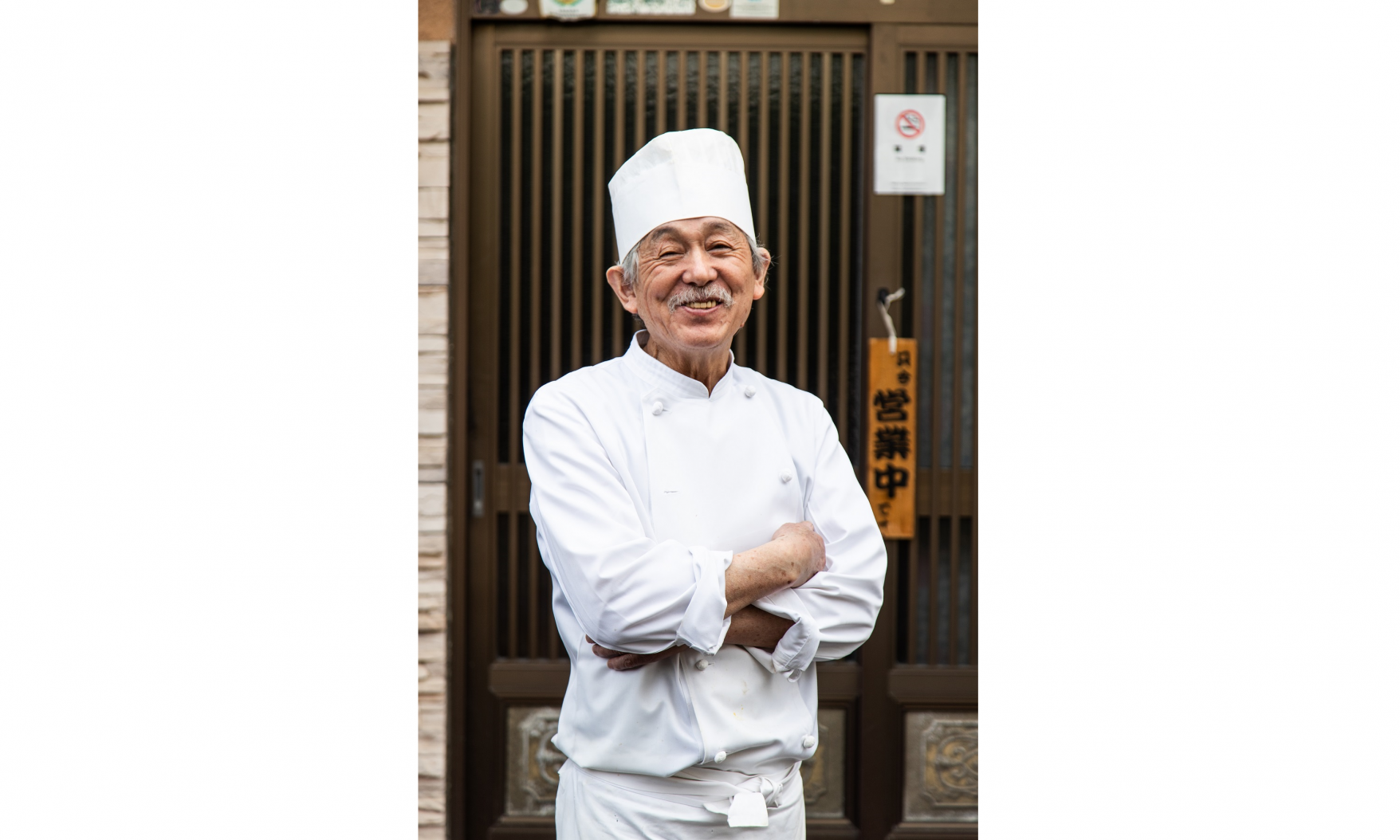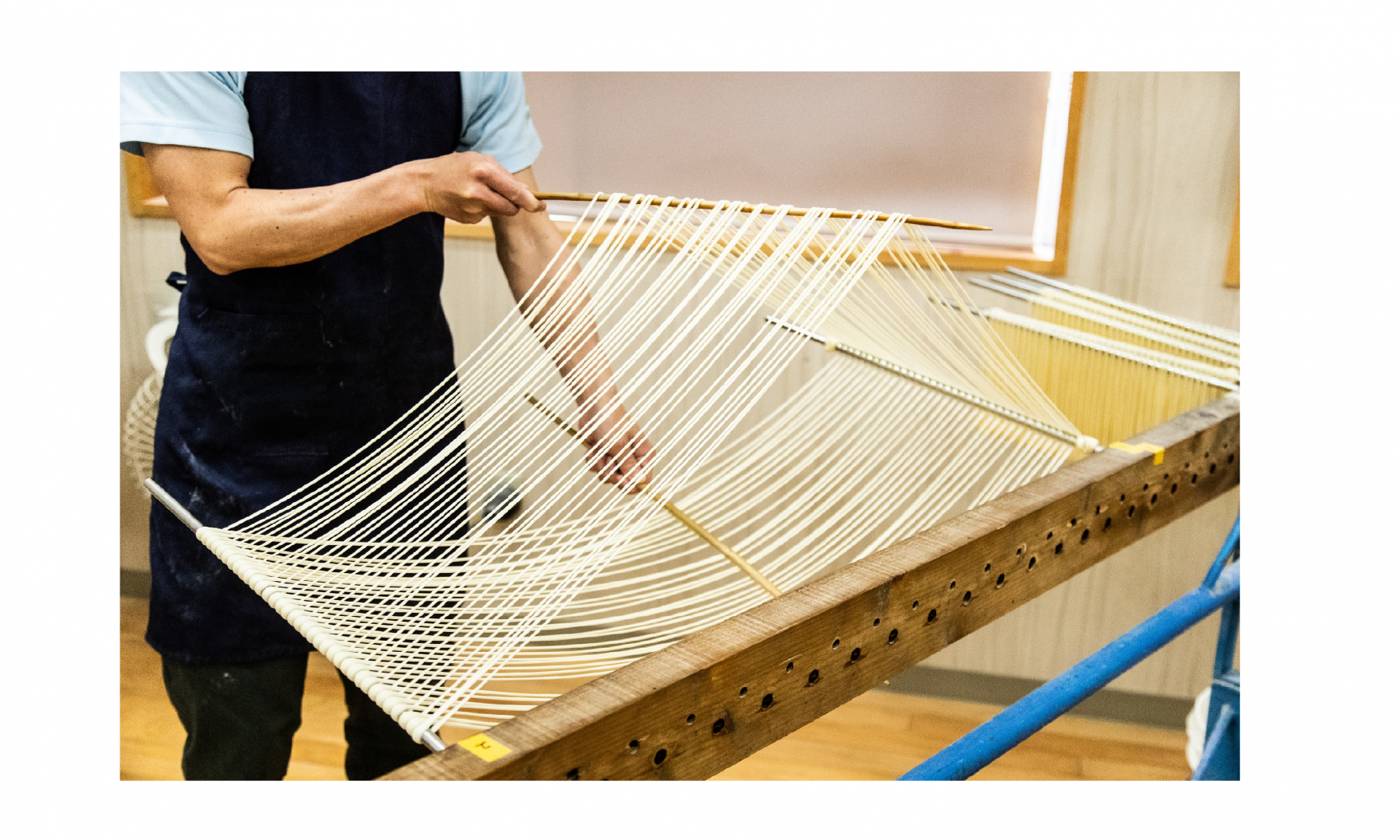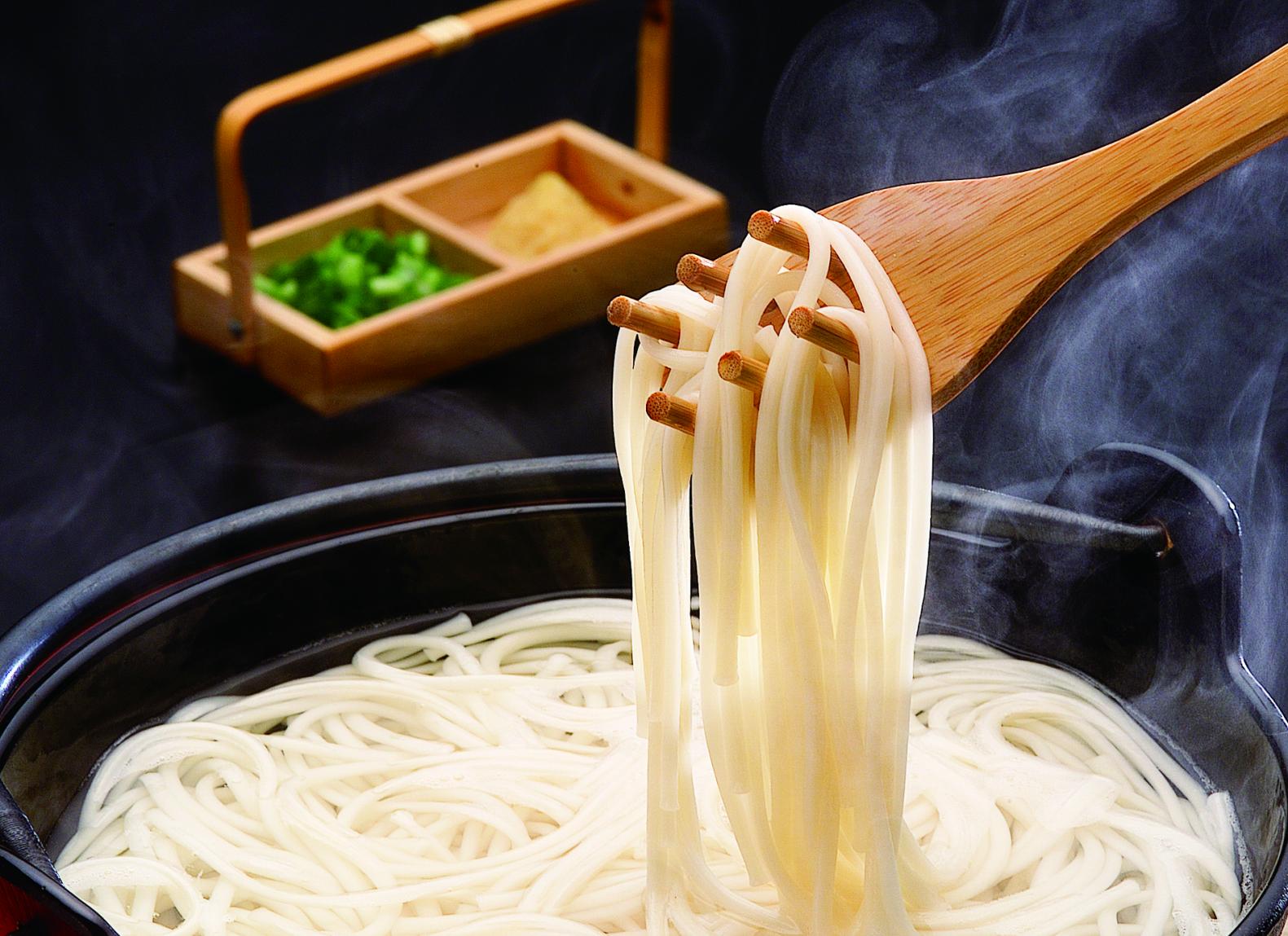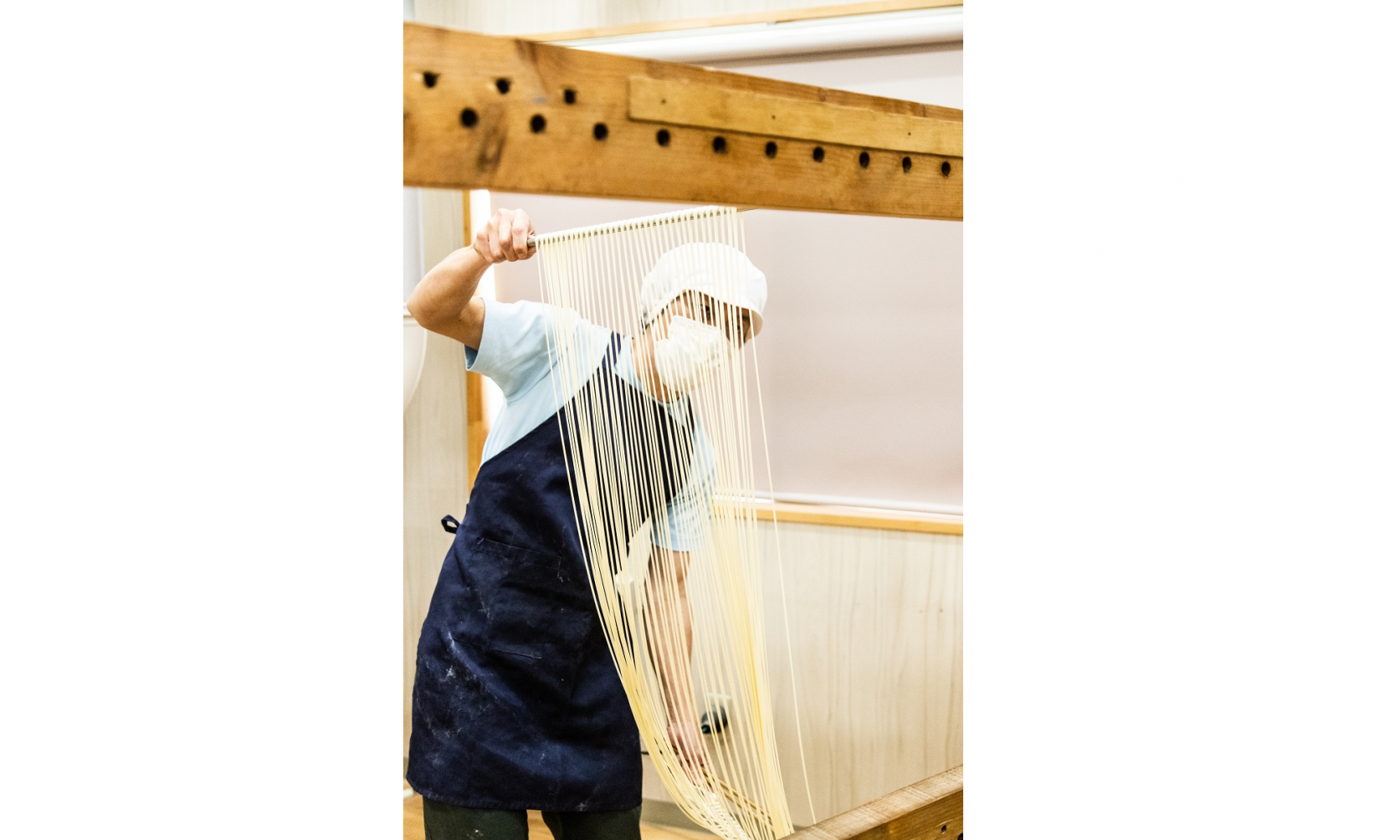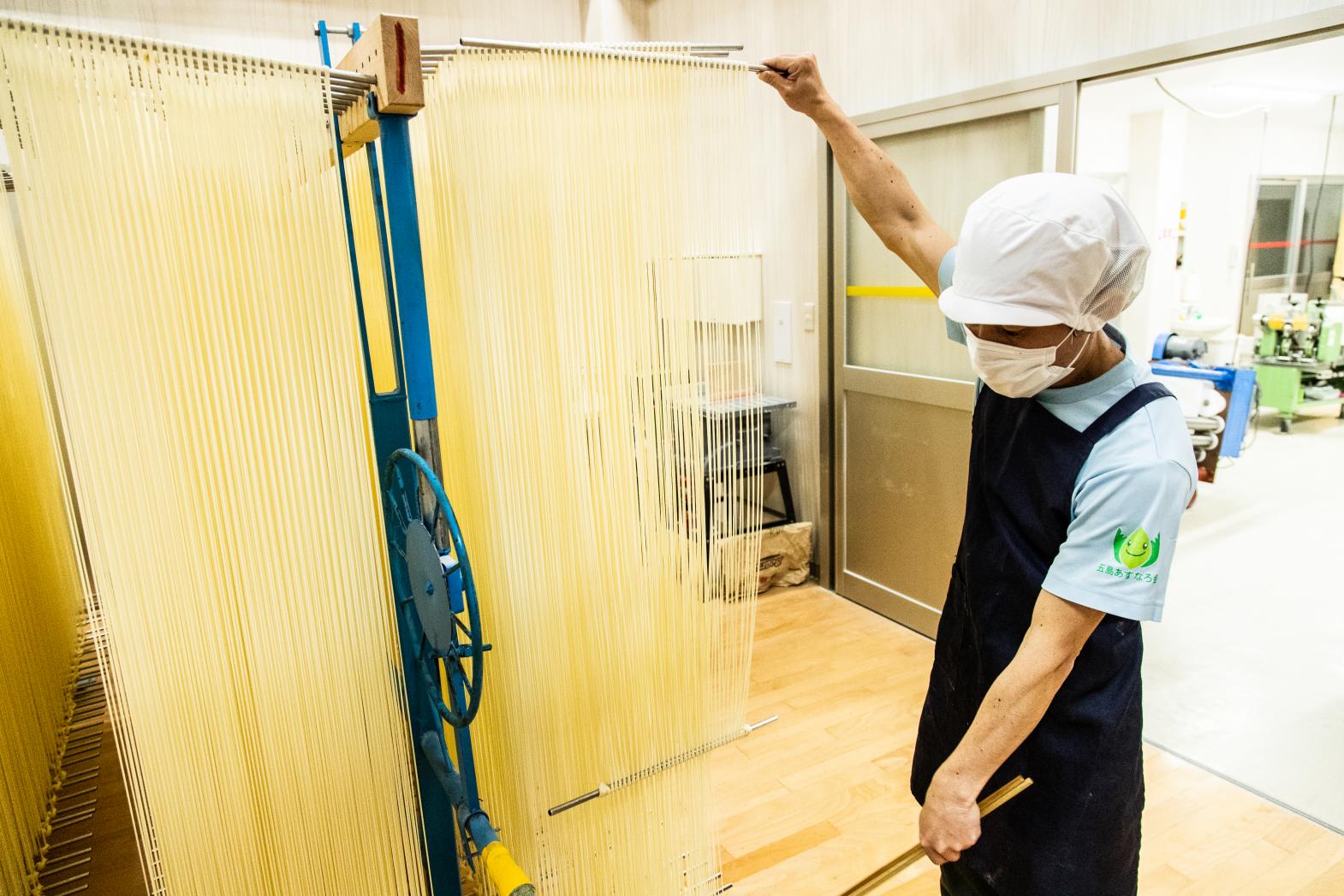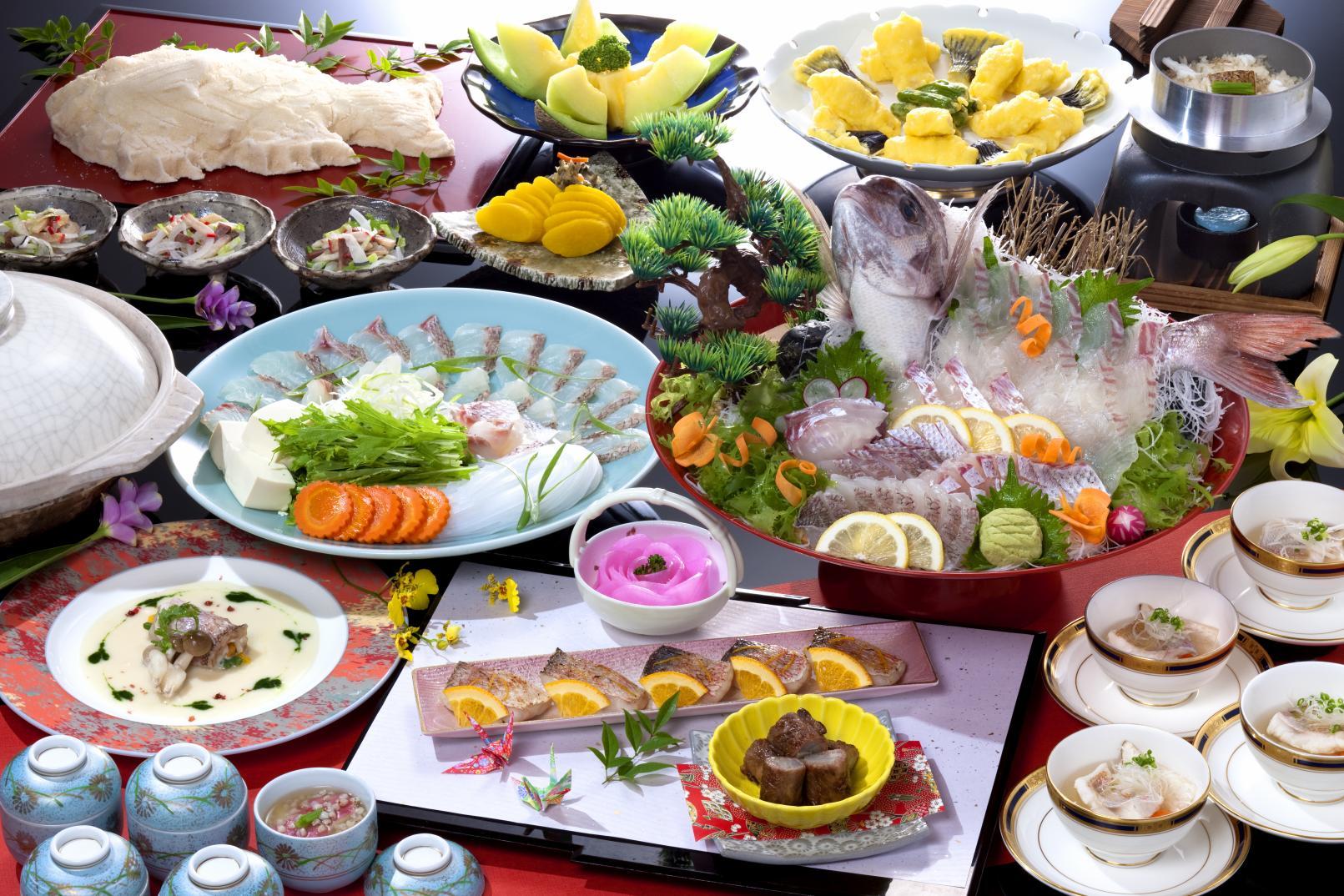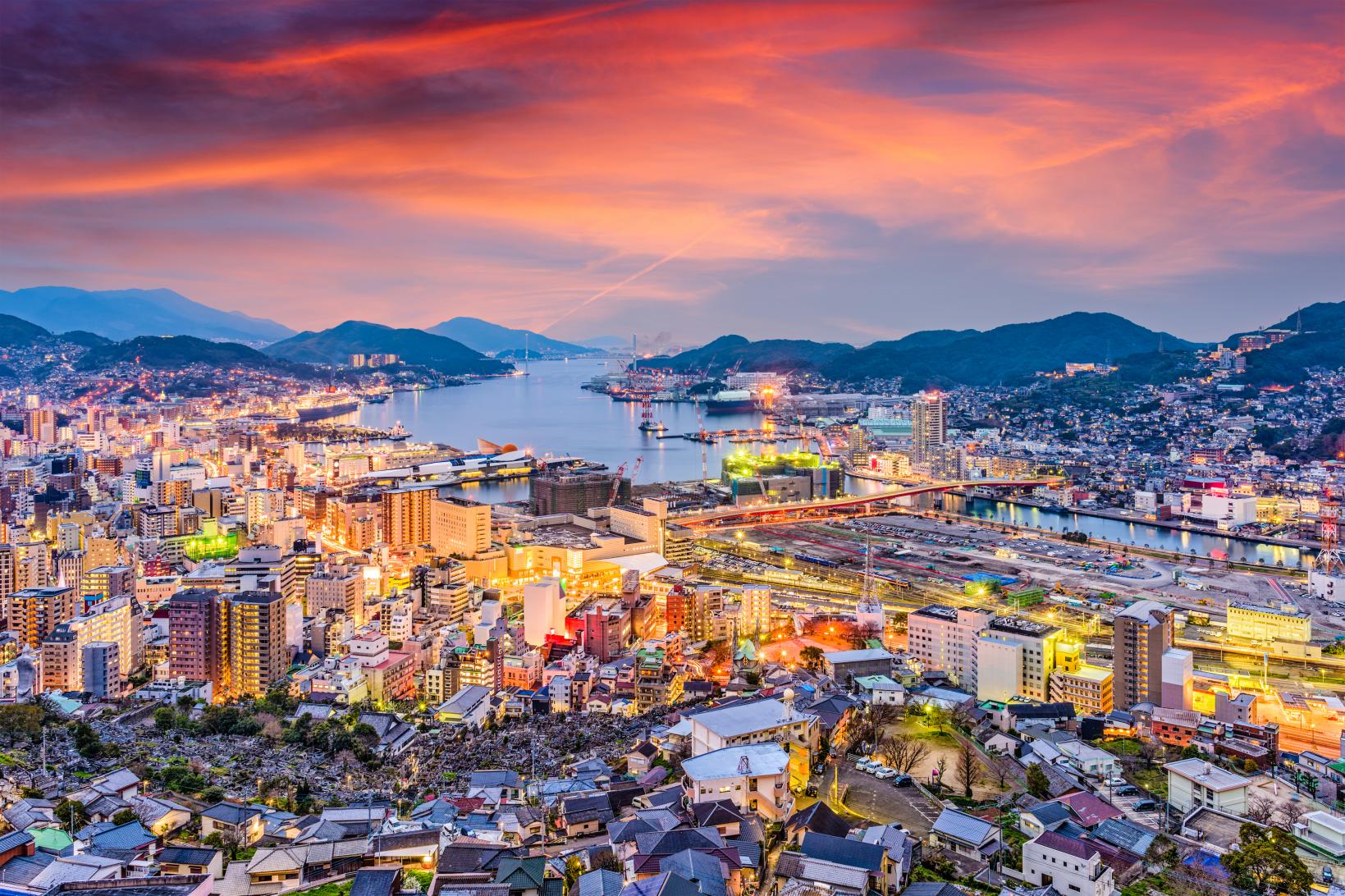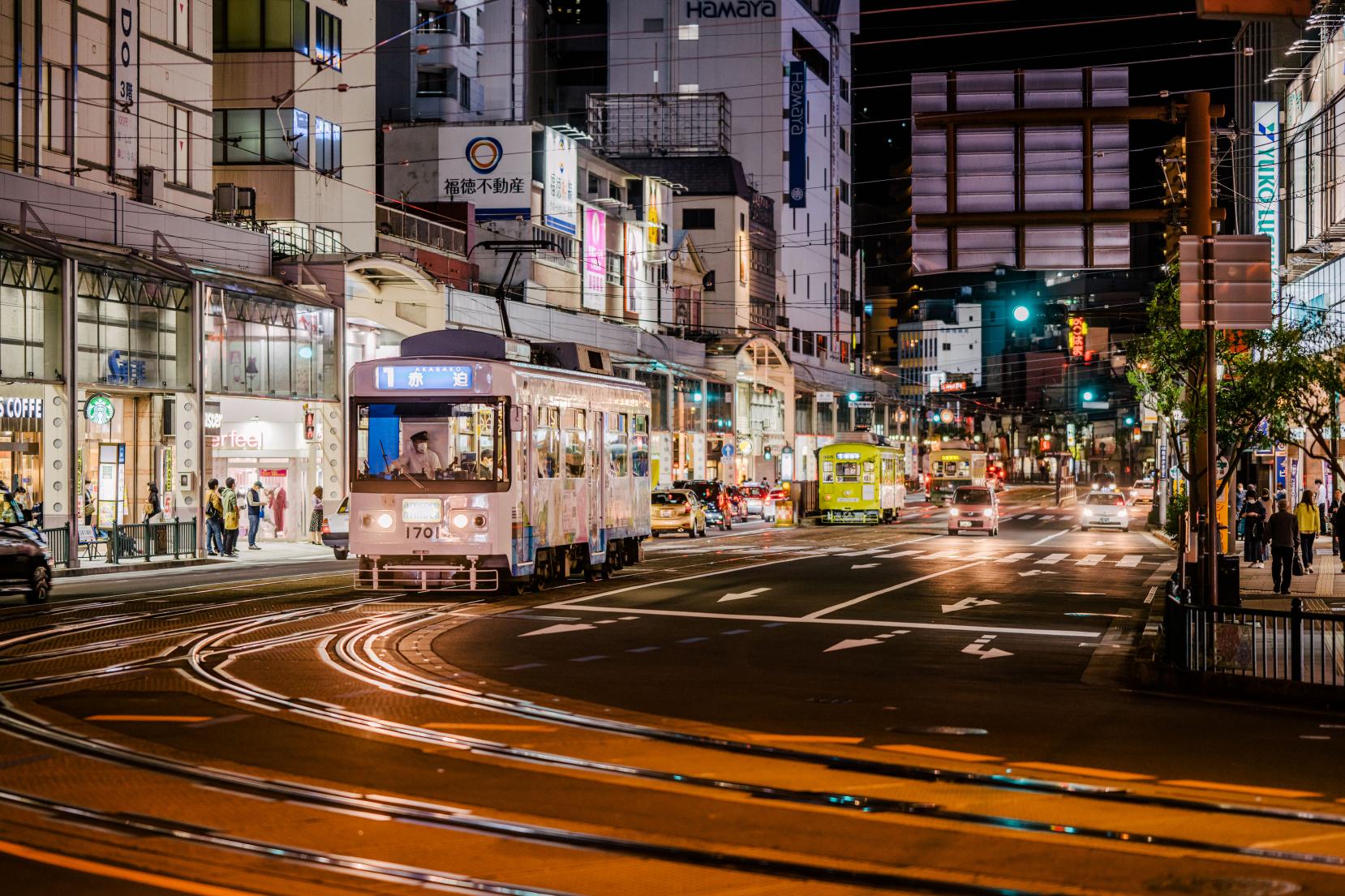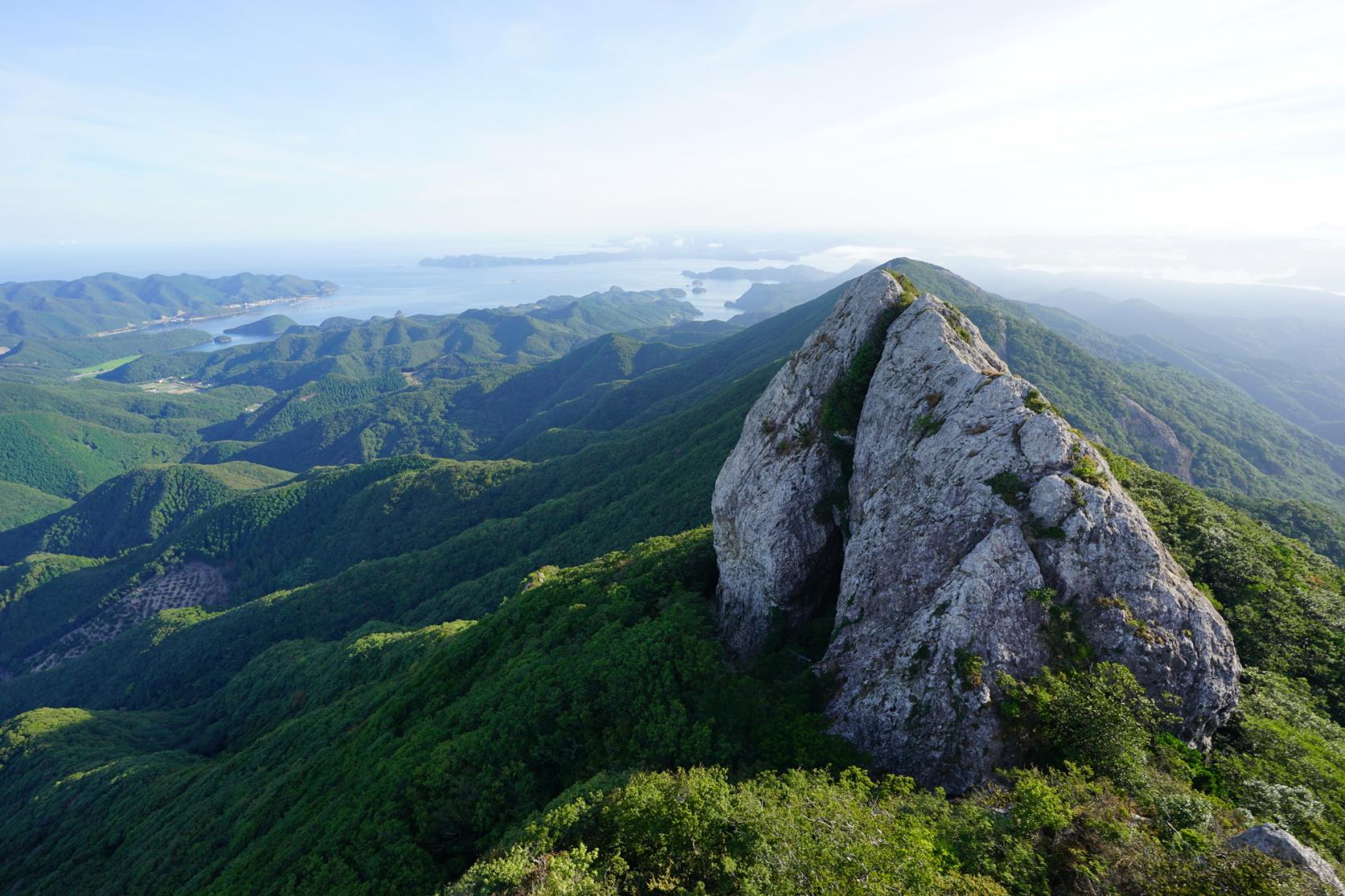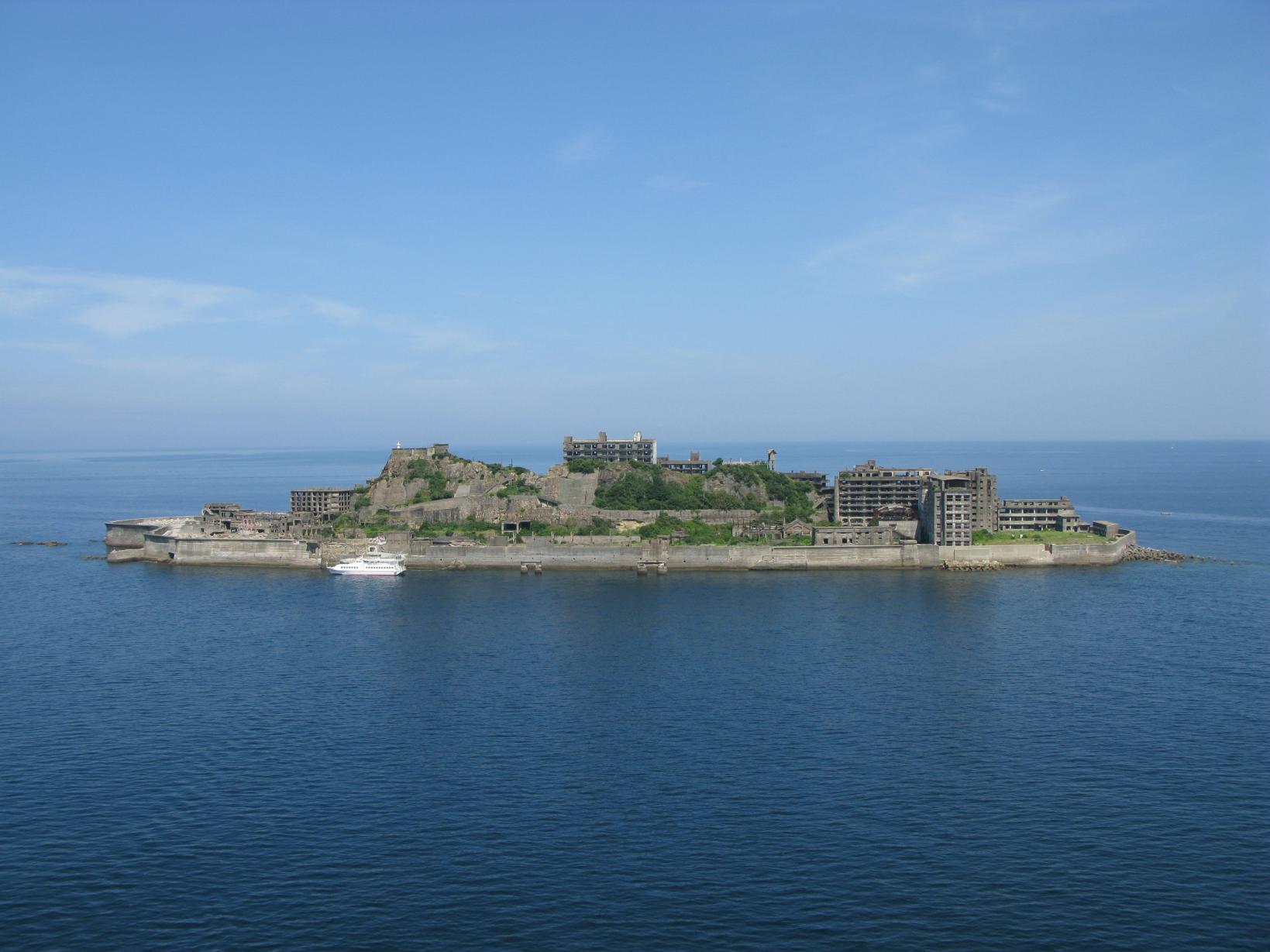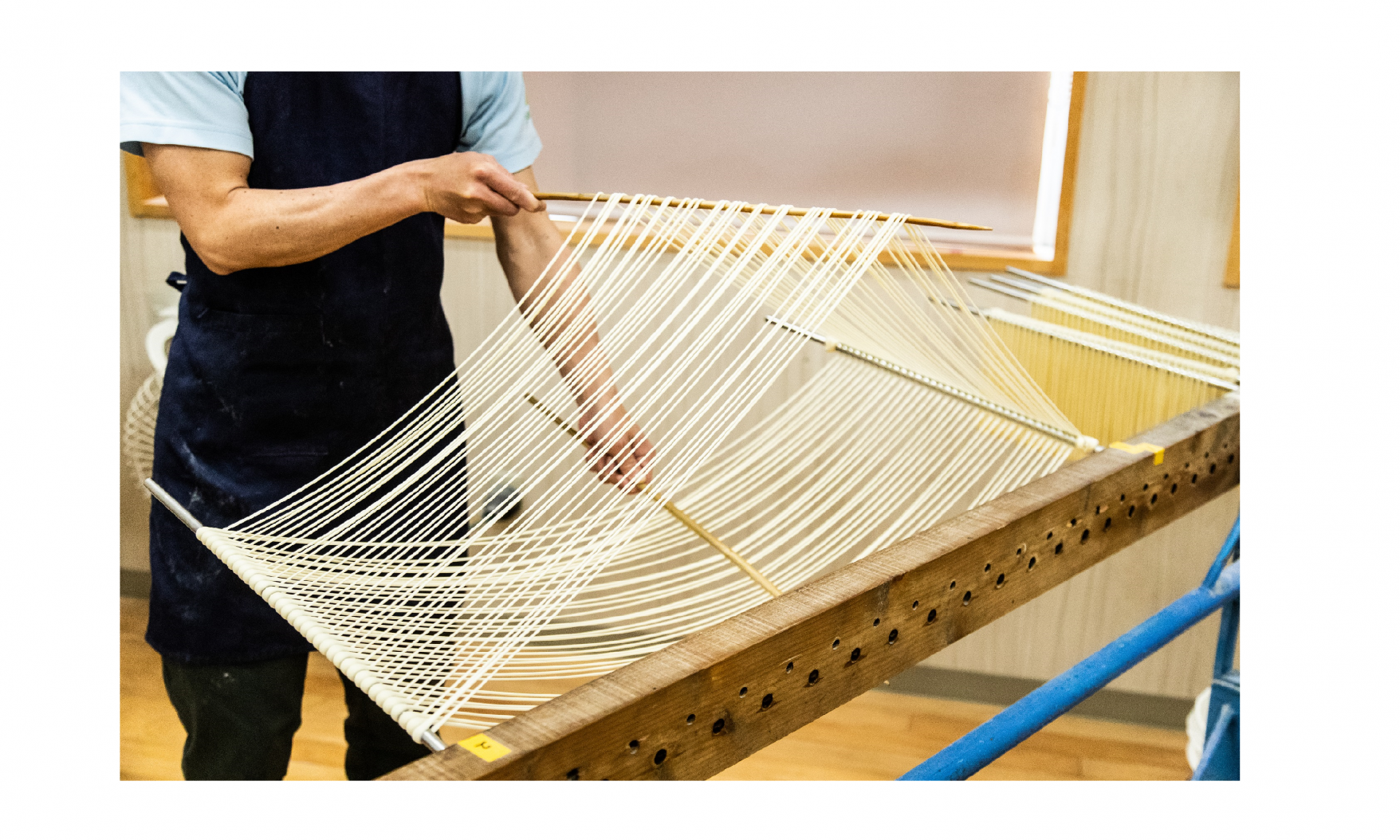
A Food Journey Through Goto Islands (Shimogoto)
When cycling guide William W Liew first moved to Goto Islands’ largest Fukue Island in 2019, he never imagined what a simple walk in his neighborhood could bring. “As I’m heading home, my neighbor pops out of nowhere and says, ‘We caught too many today, here take this,’” says the bubbly 30-year-old staff at Wondertrunk Bakery, which also offers bike rental and tours, with an infectious laugh. “So I grab whatever wrapping I can find, hold this big fish in my hands and walk home.”
Bonded by Food
For hundreds of years, food has played a vital role in building a close-knit community on this remote archipelago located about 100km west of Nagasaki, a prefecture in southern Japan.
Today, the community with a population of below 40,000 people (Goto City) remains strongly linked by local produce. For instance, the locals know the exact farmer who grows the tomatoes that they buy from the local store. As we speak over lunch at Tsubaki Chaya—a restaurant with a stunning ocean view—the friendly staff tells us the cabbage on our table grill is grown by the man we’ve just seen outside cutting grass. Farm-to-table doesn’t get as personal as this.
Nature’s Blessings
Farmers and fishermen on Fukue Island also continue to rely on one another for subsistence. A farmer will offer his vegetables to his neighbor and, in return, the neighbor will give him what he has caught for the day. That’s how they’ve lived for a long time.
Abundant nature certainly blesses the residents of Goto with plenty of good things to share. Thanks to the bountiful waters of the East China Sea surrounding the islands, as well as mineral-rich soil and pastures, the seafood and vegetables available on Fukue Island are nothing short of extraordinary.
Shiny Sashimi
Shinsei, located about 10 minutes’ walk away from Fukue Port , is an atmospheric Japanese restaurant that is not only well-loved by locals, it is also listed in the Michelin Guide Fukuoka-Saga-Nagasaki 2019 Special Edition. Slide open its doors and the tanks of live fish that greet you, as soon as you step inside, show Shinsei is serious about its seafood.
Although it also serves a wide array of dishes including karaage (fried chicken) and even hamburger steak, most people who pass through Shinsei’s doors come for its sashimi platter, consisting of the day’s fresh haul from the surrounding seas. In early March, it can be a show-stopping combination of maguro (tuna), hirasu (amberjack), taco (octopus) and shiny pieces of kibinago, a silver-stripe herring and local delicacy that is hard to find outside of Kyushu.
Grilled Pleasures
Tsubaki Chaya is also a popular restaurant that showcases Goto’s fresh produce. The stylish restaurant, which blends rustic design with a contemporary feel, lets the subtle flavors of its ingredients take centerstage. Tables here are fitted with iroris (Japanese sunken hearths) on which staff show you how to grill seasonal vegetables and seafood.
A range of courses are available depending on the season. Lunch in early March means a mouthwatering platter of freshly grilled sweet potato, cabbage, broccoli, bell peppers, scallops, thick slices of Aori-ika (squid) and skewered Isaki fish, accompanied by Goto natural salt, soy sauce or yuzu kosho (a citrusy, spicy condiment).
Soul Food
Adding a local touch are pieces of kankoro-mochi, sweets made from rice mixed with sun-dried sweet potatoes—a local soul food. “Families add ginger, sesame or other ingredients to them to add their own special touches,” our local guide explains. During the new year holidays, they are sometimes sent to family members who have left the islands, she adds.
Goto Meats
For meat lovers, Tsubaki Chaya also serves Goto Biton pork, reared exclusively on the archipelago and fed with different types of wheat grain and mineral water. Each slice is so succulent and devoid of the smell that typically accompanies pork that you’ll never want to go back to the stuff you get at your supermarket again.
Goto is also known among meat aficionados for its wagyu beef, which traces its origins to Japan’s ancient Yayoi period more than 2,000 years ago, signaling the deep sense of history that accompanies its food culture. Archaeological remains dug up on Fukue Island have actually revealed that cattle rearing began in Japan earlier than originally thought.
Wagyu Origins
Today, calves from Goto are mostly exported to other regions of Japan, where they are raised to become prized Wagyu such as Hida (Gifu Prefecture), Kobe and Matsusaka (Mie Prefecture) beef. As a result, Goto beef is rare even in Japan and can mainly be enjoyed on these islands. According to local foodies, the go-to place for Goto beef on Fukue Island is Mochizuki, a restaurant near Goto City Hall opened more than 40 years ago by chef-owner Seiichiro Mochizuki.
Chef Mochizuki says he was the first on the island to serve Goto beef as grilled steaks. “Goto beef has the right amount of fat that is perfect for making grilled steaks without being too oily,” he explains. He was definitely on to something right from the start. Served on a hotplate with sides of fried potato and corn, Mochizuki’s Goto beef steaks are so tender and juicy that they literally melt in your mouth as soon as you bite into them.
Hand-Stretched Noodles
No food journey in Goto is complete without Goto Udon. The hand-stretched noodle techniques are believed to have originated from China more than 1,300 years ago, showing the archipelago’s rich history as a stopover location for missionaries and traders over a thousand years ago.
Goto Udon is thinner than other types of Japanese udon but has a silky, light and firm texture that makes them almost chewy, thanks to a coating of camellia oil, which is also a signature Goto product. The noodles are often served in ago dashi (flying fish broth) with simple condiments. However, locals also eat them in the jigoku-taki style (jigoku means hell), where you take out the noodles straight from the pot with boiling water (placed directly on the table in front of you) and dip it in ago-dash sauce before eating.
Giving Back
Goto udon can easily be found in many restaurants on Fukue Island, including Shinsei and Tsubaki Chaya. However, Goto Asunaro-kai, a nonprofit organization that hires people with disabilities to produce these noodles, offers a unique chance to have a hands-on experience in a select part of its 12-step production process.
According to the head of the NPO, Hiroshi Toki, it can take up to five years to perfect the art of stretching and separating the noodles using two long thin sticks, and then hanging them up in a row to dry—without breaking a single strand. Judging from our creation, we’ll probably need more than five.
Never mind that though, because we got a chance to slurp up freshly made Goto Udon (an experience that’s hard to find elsewhere because they are only sold dried) and witness a community spirit deeply embedded in its food culture. “We set up this facility about 15 years ago,” says Toki-san. “We wanted to create a place to provide safe jobs for people with disabilities and enable them to gain pride and confidence in what they do.”
NEXT



